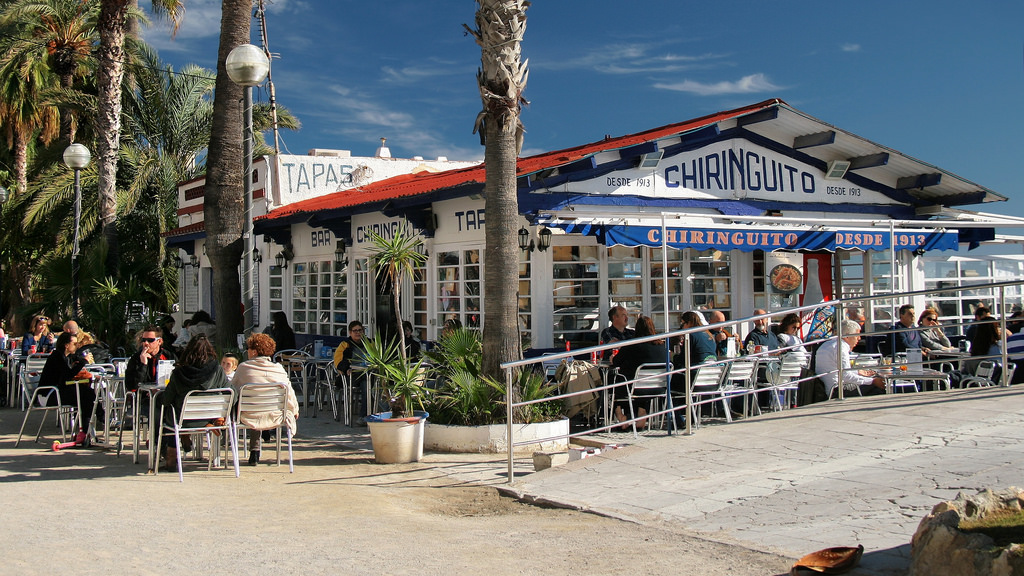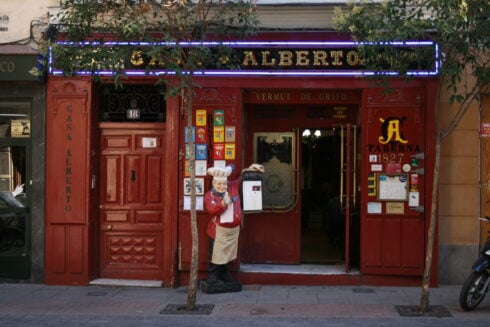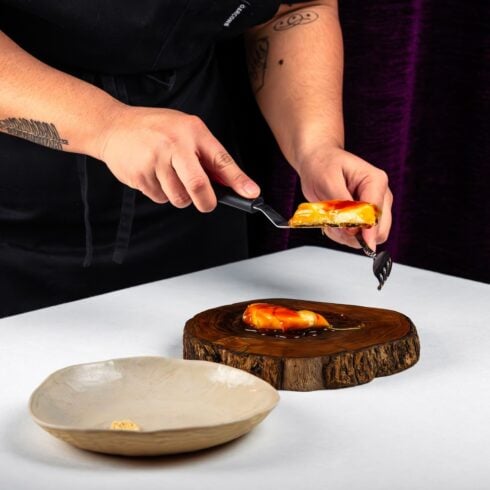THE sight of chiringuito beach restaurants putting out their parasols is the annual signal that summer has arrived.
A little late this year, perhaps, but COVID-19 has not altered the allure of wining and dining on the Mediterranean shoreline with your toes in the sand.
And where else can you enjoy the freshest fish, caught the same morning from the very ocean lapping at your feet.
READ MORE:
- Five wineries in Spain with underwater cellars worth a visit in 2020
- Inside Spain’s top wakeboard, waterski and wakesurf centre
Sardinas! The daily catch is threaded onto wooden espeto skewers and gently grilled over hot embers, often from traditional blue fishing boats.
Along with an ice cold beer or a chilled white wine and uninterrupted Med views, it’s the perfect treat on a hot summer’s day.
Often ‘temporary’ establishments boarded up in winter or dismantled and reassembled from scratch, chiringuitos blossom into thriving locations come summer to become an indispensable aspect of beachgoing in Spain.

Yet for such an iconic Spanish summer tradition, their history is not well known, maybe because it is hotly disputed.
In the 1930s, ‘chiringuito’ was used to describe open air food and drink stalls in Catalunya and the Balearic Islands, and the term spread throughout the country. However, a chiringuito in Barcelona claims to be the original and first of its kind in Spain.
Taking pride of place on Ribera de Sitges beach, ‘El Chiringuito’ first opened its doors in 1913. The name was bestowed by one of their most regular customers, a journalist called Cesar Gonzales-Ruano who nicknamed his favourite writing spot after the Cuban name for coffee, ‘chiringo’.
Ruano is said to have chosen the name in homage to his time in Cuba, where ‘chiringo’ was the name given to the coffee 19th century sugar cane workers drank during their break time. It is believed that small kiosks made of cane and leaves were built so that the workers would have somewhere to sit and sip their chiringos.
However, Diario de León recently published an article claiming an alternative origin. Their theory is based on an 1899 report in La Publicidad detailing an arrest on Barcelona’s Paseo de Colón, right next to a drinks kiosk called ‘El Chiringuito.’ The article also theorised that the word chiringuito originates from rum, not coffee, as it was the name for cane brandy in 18th century Spain.
The Real Academia Española, however, considers the Sitges ‘El Chiringuito’ as the first and original in Spain, and the first to coin the word with that meaning. A letter sent to the owners in 1983, still displayed on the wall to this day, confirms that the word ‘chiringuito’ and its new meaning would be added to the official Spanish dictionary.
Traditionally, chiringuitos open in June for midsummer’s San Juan beach bonfires (cancelled this year) and close in mid-October. Between those dates, you’ll be most unlucky to find a beach in Spain without one.
With their reputation for fresh fish, a repertoire that extends to cod, swordfish, prawns, squid, octopus, and sea bass, garnished with crisp and colourful salads harvested from the local huertas, you can’t miss this quintessential beach dining experience.
It’s the very taste of summer in Spain.
Look out for our upcoming feature on chiringuitos and tell us which one is your favourite. Write to newsdesk@theolivepress.es
Click here to read more La Cultura News from The Olive Press.








